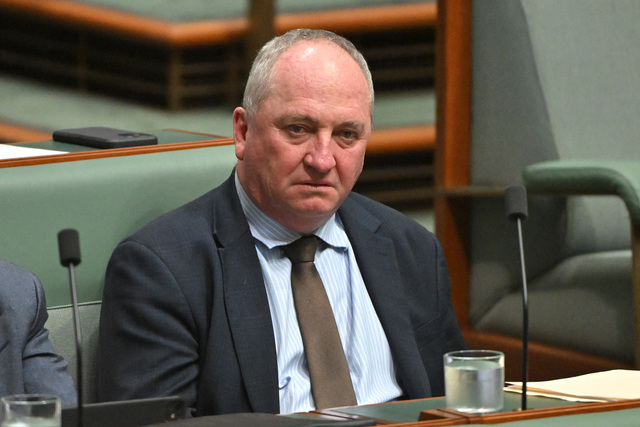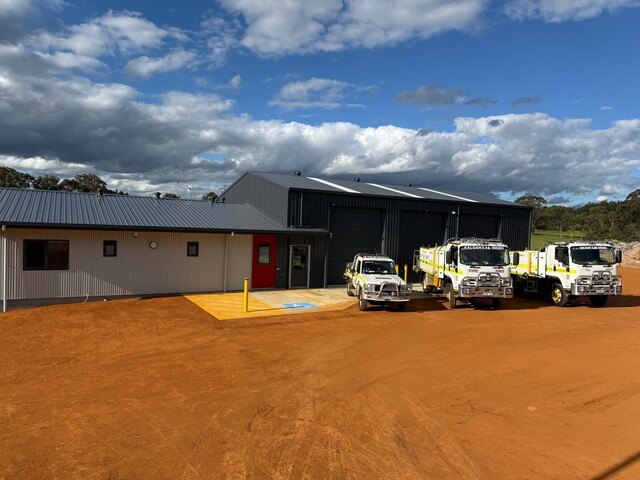A national survey on local government has exposed the sector as ill equipped to meet the workplace needs of the future, with 69 percent of local governments in Australia experiencing a skill shortage and skill gaps.
The Local Government Workforce and Future Skills Report Australia proposes the next two decades will be shaped by ‘the five mega trends’ – technological advances, digital connectivity, globalisation, an ageing population and changing economic structures.
National unemployment is low at around 5.1 percent, however in this age of the part-time and casual workforce, a more relevant indicator of the health of the employment market is the underemployment rate, currently 8.3 percent, and the monthly underutilisation rate, 13.7 percent, seasonally adjusted for April (figures supplied by Australian Bureau of Statistics).
Many Australians are looking for any or more work and yet local government finds it a challenge to attract workers.
The report identified the key reasons behind the skills shortage as the inability of councils to compete with the private sector on remuneration, lack of suitably qualified or experienced candidates available locally, high demand across the labour market for certain occupations, and remoteness of location making it difficult for councils to attract and retain workers.
Top of the shortage list are skilled workers with Engineers, Urban and Town Planners, Building Surveyors, Environmental Health Officers, and Project Managers in demand, however many councils have demonstrated little or no planning to address the problem.
Sixty percent of local governments report the high cost of training and lack of locally available training have resulted in their unmet training needs.
Seventy percent of local governments admit they have done no analysis or forecasting of changing roles/skills requirements arising from digital disruption and technology changes.
Local Government Association of Tasmania (LGAT) began to take action before the outcomes of this report were known, after receiving anecdotal reports of human resources staff having difficulties recruiting in specific skill areas.
Senior Policy Officer, LGAT, Michael Edrich, wrote in the association’s newsletter, “The study found that Tasmanian Councils are using a combination of strategies to address skill gaps and develop staff skills, including opportunities to act up, secondments, on-the-job training, coaching and mentoring and providing targeted training programs.
“Our councils also report the wide use of resource sharing between councils as an economically efficient means of sustaining services in the face of scarce resources.”
In addition to working with members to address these issues, LGAT has initiated a program of work focusing on the shortage of Environmental Health Officers (EHOs).
So far, LGAT has received in-principle agreement from the University of Tasmania to re-establish a tertiary degree to train EHOs, a course that the University had previously decided to phase out.
The Association is also pursuing funding opportunities to commission work into developing a workforce development plan for EHOs in Tasmania.
Importantly, the work undertaken for EHOs will provide a model for addressing skills shortages in other fields, such as engineering and town planning.
In Western Australia the greatest challenge facing councils is remoteness which creates major issues around access and affordability of training and local governments’ ability to recruit and retain staff.
Western Australian Local Government Association (WALGA) reports in 2016-17 the largest population increases in Western Australia were all within greater Perth where a number of outer suburbs continue to explode recording growth rates of between 10-25 percent.
At the same time the state’s regional population grew by just 309 – more than half of regional Western Australia’s statistical areas are experiencing a decline in population.
The South West was the only regional area to experience growth – more than three percent.
Eighty-six percent of local governments in the state have done no analysis or forecasting for future workforce requirements.
The Municipal Association of Victoria (MAV) highlighted the above average age of local government workers and conversely the void of young people choosing to take up training and apprenticeships offered by councils.
It recommends that councils develop and share strategies to increase workforce participation of under 30 year olds, promoting to councils the benefits of employing school-based trainees and developing strategies around increasing the number of cadetships in shortage areas.
The MAV suggested providing data on skills in demand in local government to the Department of Jobs and Business to feed into the development of the Skilled Migration Occupation List.
ALGA president, Mayor David O’Loughlin, called on all levels of government to work to address these issues and asks councils to begin by identifying their own workforce development needs now and for coming years.








